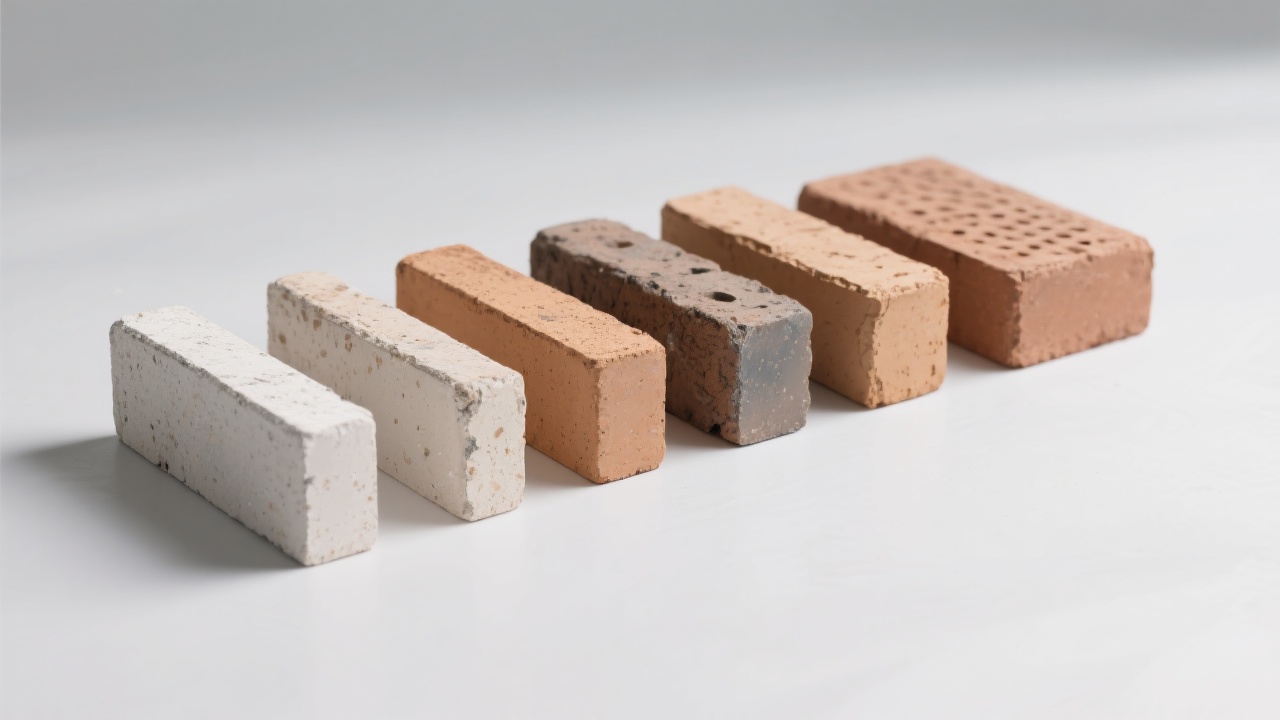
In steelmaking operations—especially in converters, electric arc furnaces (EAFs), and reheating furnaces—thermal shock is the silent killer of refractory linings. If your high-alumina bricks are cracking after just 6–8 weeks of operation, it’s likely not about quality alone—it’s about material science.
Before choosing a replacement, understand what truly defines refractory durability under extreme conditions:
| Property | High-Alumina Brick | Red Bauxite Brick | Silicon Carbide Brick |
|---|---|---|---|
| Cold Strength (MPa) | 70–90 | 100–130 | 120–150 |
| Load Softening Temp (°C) | 1500–1550 | 1580–1620 | 1650–1700 |
| Thermal Shock Resistance (cycles @ 1100°C → water) | 10–15 | 35–50 | 40–60 |
| Creep Resistance (at 1400°C / 0.2 MPa) | Moderate | High | Very High |
The data speaks clearly: red bauxite brick—not traditional high-alumina—is emerging as the preferred choice for applications with frequent temperature swings. Why? Because its microstructure, enhanced by controlled sintering and phase transformation during firing, resists crack propagation better than any other common refractory.
At a major Chinese integrated steel plant, switching from standard high-alumina bricks to red bauxite bricks in the EAF sidewall reduced unplanned downtime by 40%. The average furnace campaign went from 6 months to 8.4 months—a direct result of improved thermal shock resistance and lower creep deformation at operating temperatures above 1350°C.

This isn’t just theory—it’s operational proof. Engineers who prioritize these four metrics over cost per ton will see faster ROI through fewer shutdowns, less labor, and higher energy efficiency.
Selecting the right refractory isn’t about picking the cheapest option—it’s about matching material properties to process conditions. Ask yourself:
If yes to any of these, then it's time to look beyond high-alumina bricks—and consider red bauxite-based solutions that offer measurable improvements in both performance and economics.
Ready to optimize your refractory selection?
Explore our free guide on thermal shock testing standards used globally in steel plants — including ASTM C119 and ISO 18892.
Learn More About Anti-Thermal Shock Testing Standards

